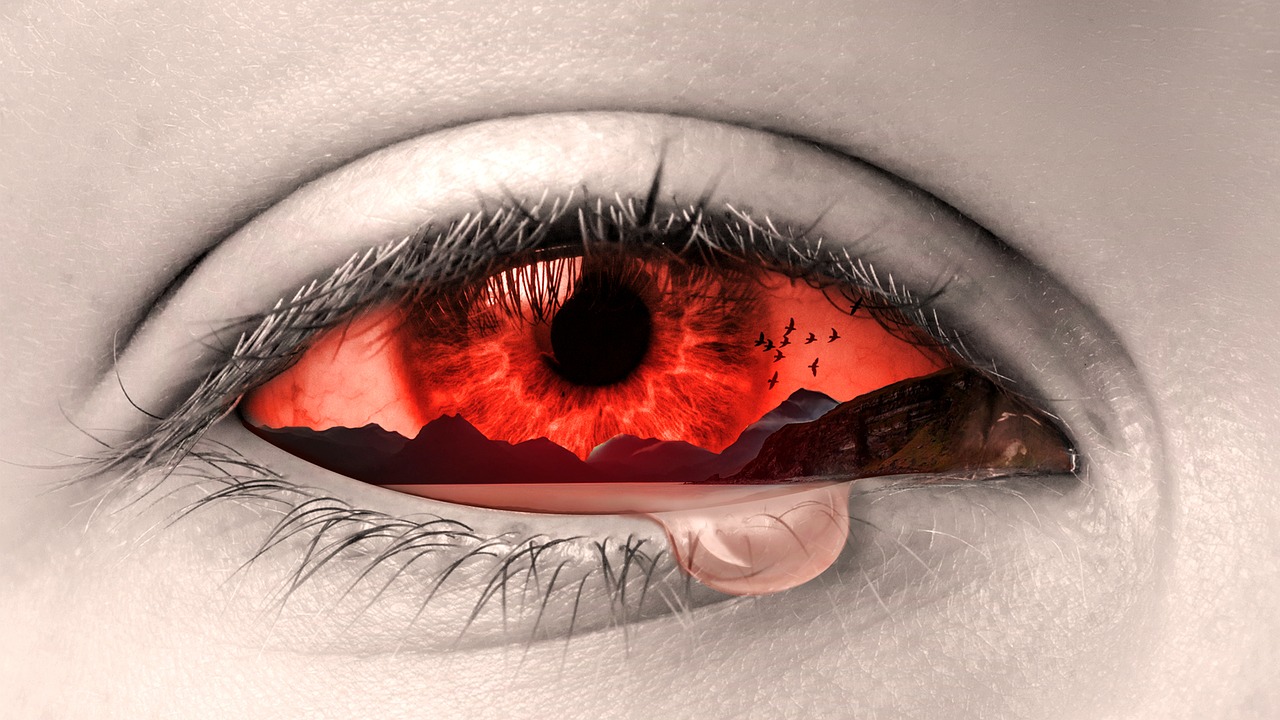SpaceX put Elon Musk’s Tesla into space five years ago. Where is it now?
The roadster has logged more than 2.5 billion miles in space, mostly through a barren vacuum. Though, in 2020, the vehicle made its first close approach to Mars, passing within 5 million miles of the planet.
It’s now been half a decade since SpaceX turned heads around the world with its decision to launch Elon Musk’s personal Tesla roadster into outer space, sending the car on an endless journey into the cosmic wilderness where it’s expected to remain for millennia to come.
As of Monday, February 6, the cherry-colored sports car has officially been in space for exactly five years.
At the time of its anniversary, data estimates show that it had completed about three and one quarter loops around the sun and was positioned about 203 million miles (327 million kilometers) from Earth, according to the tracking website whereisroadster.com.
The roadster has logged more than 2.5 billion miles in space (4 billion kilometers), mostly through a barren vacuum. Though, in 2020, the vehicle made its first close approach to Mars, passing within 5 million miles of the planet, or about 20 times the distance between the Earth and the moon.
It is difficult, however, to say where the vehicle is with absolute certainty — or to determine if it’s still in one piece, as it’s possible the car may have been dinged or obliterated by a meteoroid or eroded beyond recognition by radiation. There haven’t been any direct observations of the roadster since 2018, in the weeks just after it was blasted into orbit atop a three-million-pound Falcon Heavy rocket. Current data is based only on calculated estimates of the car’s trajectory.
Astronomers don’t have much incentive to actively track the car, as it doesn’t offer much scientific value.
The Tesla was ultimately intended to serve as a throw-away “dummy payload” for the Falcon Heavy’s first mission in February 2018, a launch that even Musk had predicted would have only a 50-50 shot at success.
But the launch did, after all, go off without a hitch. And the car has been circling the sun ever since, taking an oblong path that swings as far out as Mars’ orbital path and as close to the sun as Earth’s orbit.
As of Monday, it was just intersecting with Mars’ path, though the planet itself was on the opposite side of the sun.
Before its 2018 launch, SpaceX loaded up the car with various Easter eggs. Behind the wheel was a spacesuit-clad mannequin, nicknamed Starman, and on the dashboard, a sign that read “Don’t Panic,” a reference to the famed science fiction story, “The Hitchhiker’s Guide to the Galaxy.” There was also a data storage device loaded with the works of sci-fi writer Isaac Asminov and a plaque inscribed with the names of thousands of SpaceX employees.
Musk said at the time of launch that he hoped humans will one day establish settlements on other planets in the solar system — a long-running Musk fantasy that also underpins SpaceX’s stated mission to colonize Mars. If and when that happens, Musk said he hopes his “descendants will be able to drag (the roadster) back to a museum.”
For now, however, the roadster isn’t likely to pass near another planet until 2035 when it’ll brush by Mars again. It’ll then make two passes within a few million miles of Earth in 2047 and 2050, according to NASA data.
One 2018 academic paper also estimated that the chances the car collides with the Earth within the next 15 million years at about 22%. The odds of it crashing into Venus or the Sun each stand at 12%.
If the car does wind up taking a crash course with Earth, we’ll have to hope it’s ripped into pieces as it slams back into the thick atmosphere. (Spaceborne objects running into Earth are actually fairly common, and typically burn up in the atmosphere during entry. Such hits rarely impact populated areas.)
To keep tabs on the roadster’s predicted location, it has its own entry in NASA’s Horizons database, which follows all the “bodies” of the solar system, including exploration probes, planets, moons, comets and asteroids. The Tesla is listed as object -143205, “SpaceX Roadster (spacecraft) (Tesla).”
To view a simulation of the Tesla’s orbit (based on the data in Horizons), go to OrbitSimulator.com and search for “roadster.”
The-CNN-Wire & © 2023 Cable News Network, Inc., a Warner Bros. Discovery Company. All rights reserved.
& © 2023 Cable News Network, Inc., a Warner Bros. Discovery Company. All rights reserved.





































